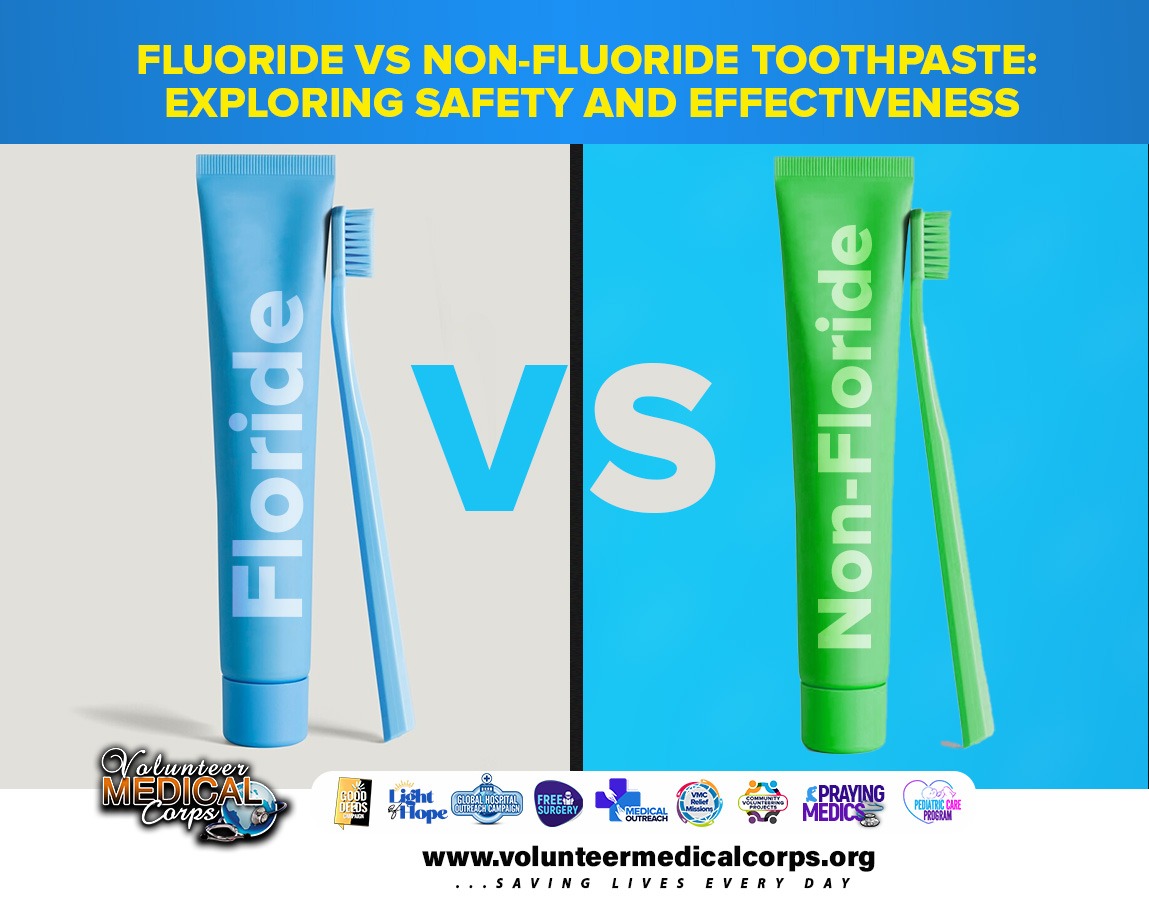
When it comes to choosing toothpaste, we are faced with almost endless options. Among the various formulations available, one of the most debated topics is whether fluoride toothpaste is safer and more effective than non-fluoride alternatives. Fluoride had long been hailed as a cavity-fighting superhero, but concerns about its safety have led some consumers to seek fluoride-free alternatives. In this article, we'll explore the differences between fluoride and non-fluoride toothpaste, examine their safety profiles, and help you make an informed decision about which option is best for you and your family.
Understanding Fluoride: Fluoride is a naturally occurring mineral found in soil, water, and certain foods. It has been widely recognized for its ability to strengthen tooth enamel, making it more resistant to decay and cavities. Fluoride works by remineralizing weakened enamel and inhibiting the growth of bacteria that contribute to tooth decay. For decades, fluoride has been added to toothpaste, mouthwash, and drinking water in many communities as a public health measure to prevent dental caries.
However, some concerns have been raised about the safety of fluoride, particularly regarding its potential for toxicity if ingested in large quantities. In rare cases, excessive fluoride intake during childhood can lead to a condition called dental fluorosis, which causes white or brown spots to appear on the teeth.
Fluorosis: Overconsumption of fluoride during early childhood can lead to dental fluorosis, a cosmetic condition characterized by white or brown discoloration of the teeth. To minimize the risk of fluorosis, it has been advised that people use fluoride toothpaste sparingly and supervise young children to prevent them from swallowing toothpaste.
Skeletal fluorosis: In regions with high natural fluoride levels in water, long-term exposure to excessive fluoride may cause skeletal fluorosis, a rare but serious bone disorder.
Exploring Non-Fluoride Toothpaste: Non-fluoride toothpaste formulations typically use alternative ingredients, such as calcium carbonate, baking soda, or herbal extracts, to clean teeth and freshen breath. These toothpaste options appeal to consumers who prefer natural or organic products and may have concerns about the safety or efficacy of fluoride.
They can still effectively remove plaque and maintain oral hygiene when used as part of a comprehensive dental care routine.
Making an Informed Choice:
Consider fluoride levels in water: If your local water supply contains optimal levels of fluoride, you may not need additional fluoride in your toothpaste.
Practice good oral hygiene habits: Regardless of the toothpaste you choose, practicing proper brushing technique, flossing daily, and visiting your dentist regularly are essential for maintaining oral health.
Ultimately, the safest choice is one that aligns with your individual preferences, needs, and oral health goals. By staying informed and proactive about your dental care, you can make confident decisions that promote a healthy and radiant smile for years to come.
Admin